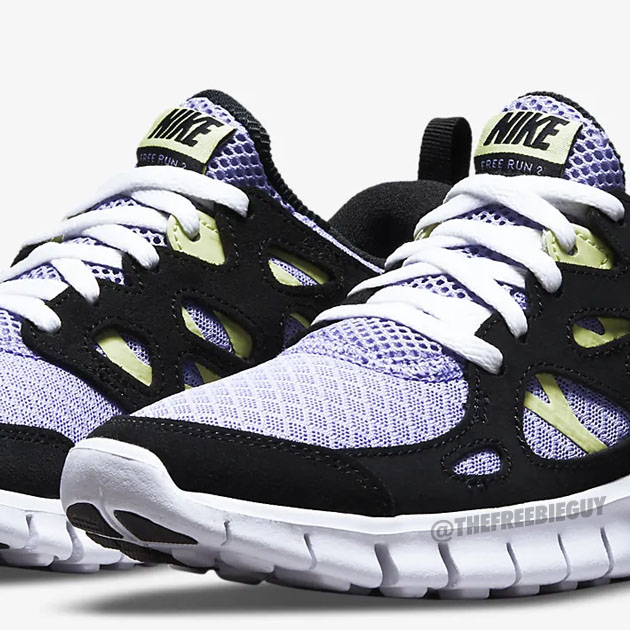In an era where urban landscapes are evolving and climate consciousness is on the rise, the daily commute has become a focal point for reimagining how we traverse our cities. The age-old debate of “Pedal Power vs. Public Transit” invites us to reflect on our choices, weighing the benefits of cycling against the convenience and efficiency of buses and trains. With increasing traffic congestion, escalating fuel prices, and a growing emphasis on sustainability, the question is no longer just about how we get from point A to point B; it’s about how those choices shape our health, our environment, and the very fabric of our communities. As we pedal through the possibilities and navigate the public transit systems, this article explores the intricacies of each option, considering factors like accessibility, cost, and environmental impact, ultimately encouraging readers to rethink their commute and discover the path that best suits their lifestyle and values.
Exploring the Environmental Impact of Commuting Options
The choice between biking and using public transit reveals significant differences not only in convenience but in their environmental footprints. When it comes to sustaining our planet, **biking** and **public transportation** each offer unique benefits that contribute positively to reducing our carbon emissions. Consider these factors when weighing your commuting options:
- Carbon Footprint: Biking produces zero emissions while public transport counts on shared resources, drastically lowering the individual carbon output per person.
- Energy Efficiency: Bicycles convert human energy directly into motion, whereas buses and trains require fuel and energy to operate, making them less efficient in terms of energy use per passenger.
- Urban Congestion: More bikes means fewer cars, directly impacting traffic congestion and contributing to more breathable urban environments.
- Health Benefits: Cycling not only reduces environmental impact but also promotes physical health, leading to fewer healthcare costs associated with sedentary lifestyles.
To clearly understand the impact of these commuting options, we can compare their attributes in a simplified table:
| Feature | Biking | Public Transit |
|---|---|---|
| Emissions | 0g CO2/km | Average 40g CO2/km |
| Fuel Dependency | Human power | Fossil fuels & electricity |
| Space Utilization | Compact | Moderate (more riders) |
| Health Impact | Positive | Neutral |
By examining these elements, commuters can make informed choices that not only align with personal convenience but also tread more lightly on our planet.

Maximizing Benefits: How to Choose Between Biking and Public Transport
When considering your daily commute, evaluating the balance between biking and utilizing public transport can lead to significant benefits. Both methods offer distinct advantages that can cater to various lifestyle needs:
- Health and Fitness: Biking not only contributes to cardiovascular health but also helps maintain physical fitness, while public transport requires you to walk to and from stops, contributing to your daily activity.
- Cost Efficiency: While biking may involve an initial investment in a quality bicycle, public transport fares can accumulate quickly, making biking a more economical long-term choice.
- Environmental Impact: Biking produces zero emissions, which significantly lowers your carbon footprint compared to public transport, which still contributes to pollution.
- Time Flexibility: Biking allows you to take shortcuts and avoid delays caused by traffic or transit schedules, potentially reducing your commute time.
- Social Interaction: Public transport can be a great way to meet new people and experience the community, whereas biking offers a more solitary and introspective journey.
Considering a side-by-side analysis, the choice can be further clarified with a simple comparison table:
| Factor | Biking | Public Transport |
|---|---|---|
| Cost | Low long-term cost | Regular fares can add up |
| Health Benefits | High | Moderate (walking is minimal) |
| Environmental Impact | None | Some emissions |
| Flexibility | High | Limited to schedules |
Ultimately, the ideal choice hinges on individual preferences, lifestyle, and daily requirements. Every commute holds the potential for benefits; it’s about navigating which avenue aligns most closely with your personal goals.
In Summary
In the grand symphony of urban mobility, both pedal power and public transit have their own unique melodies. As you contemplate your daily commute, consider not just the destination but the journey itself. Each option offers its own set of rhythms, whether it’s the exhilarating rush of cycling through morning air or the comforting predictability of a bus gliding along its route. Embracing a blend of these modes can enhance not only your own experience but also contribute to a more sustainable urban landscape.
As cities evolve and the dialogue around transport continues, our choices can shape the environment around us. So, as you lace up your sneakers or plan your next bus route, think about the impact of your commute—not just on your day, but on the community you’re a part of. In this reimagined narrative of commuting, every pedal stroke and every public transit ride is a step toward a more connected, cleaner, and vibrant future. It’s time to rethink, recalibrate, and propel ourselves into a mode of transit that resonates with your values and aspirations.










